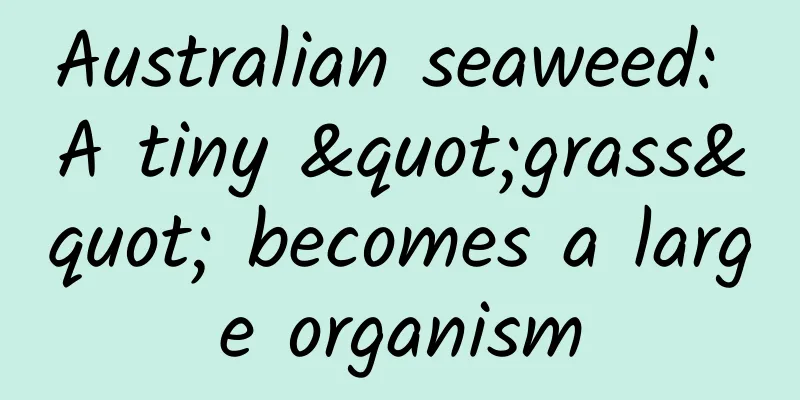Swift 3 API Design Guidelines

|
The design concept of a programming language's standard library often has a great impact on the overall feeling of the programming language. A good standard library is like an extension of the language itself, and ensuring the consistency within the standard library can effectively improve the overall development experience. In order to build a good Swift standard library, one of the main goals of Swift 3 is to define a set of API design guidelines and apply these guidelines consistently. The Swift API design guidelines contain several main goals, all of which are aimed at unifying the development style of Swift. These main goals are:
All of these major efforts are under active development. If you are interested in following the work, you can check out the Swift API design guidelines, the Swift standard library changes, the Objective-C API importer changes proposal, and the current review repository, and join the discussion on the swift-evolution mailing list. |
<<: Google's latest app Cardboard Camera turns your phone into a VR camera
>>: iOS 9 adoption rate slowed down, increasing by 4 percentage points to 70% in November
Recommend
Can't eat vegetable oil? Is leached oil harmful to the human body? After reading this article, let's eat oil healthily!
gossip Recently, on a short video platform, a use...
Insomnia, hair loss, and possible extinction... It's really hard to be a giraffe!
This article was first published by Hunzhi (WeCha...
A masterpiece of physics, buried in the unvisited literature of meteorology
Years later, physicists would speak longingly of ...
What exactly is the "Hongyan Constellation"? How is it different from the "Beidou"?
Everyone knows that you need to turn off your pho...
Huawei HMS will cooperate with India's Indus OS to replace Google GMS with 400,000 APP applications
According to cnbeta, Huawei will cooperate with I...
Volkswagen Touareg plug-in hybrid version unveiled: 1,000km range but still criticized
As the flagship of Volkswagen's SUV camp, the...
Food prices are going to rise? Wait, don’t rush to grab them!
This article was first published by Hunzhi (WeCha...
Why can’t we always let go of “dreams”?
Our material life is prosperous enough, but we st...
User operation: 20% life-saving, 30% winning, 50% leap
"Live streaming with goods" is undoubte...
Google's return to China: Who is optimistic, who is pessimistic, who is panicking, and who is looking forward to it?
In February 2016, Google will officially return t...
Shenzhen’s expected full lifting of lockdown in 2022: When will the lockdown be lifted and normalcy restored? Attached is the latest unblocking notice
On March 13, Shenzhen issued the latest epidemic p...
A "secret" that can save a ship from the brink of death
Are you curious too? What is the secret that allo...
There are new discoveries in the Mausoleum of Qin Shihuang!
Remains of a four-wheeled wooden cart discovered ...
How to become an operations expert? Here is a structural diagram for you!
Now that we have to build a standard operation st...
Stuffy nose? Your understanding of nasal congestion may be wrong...
Leviathan Press: I guess many people who have bee...









